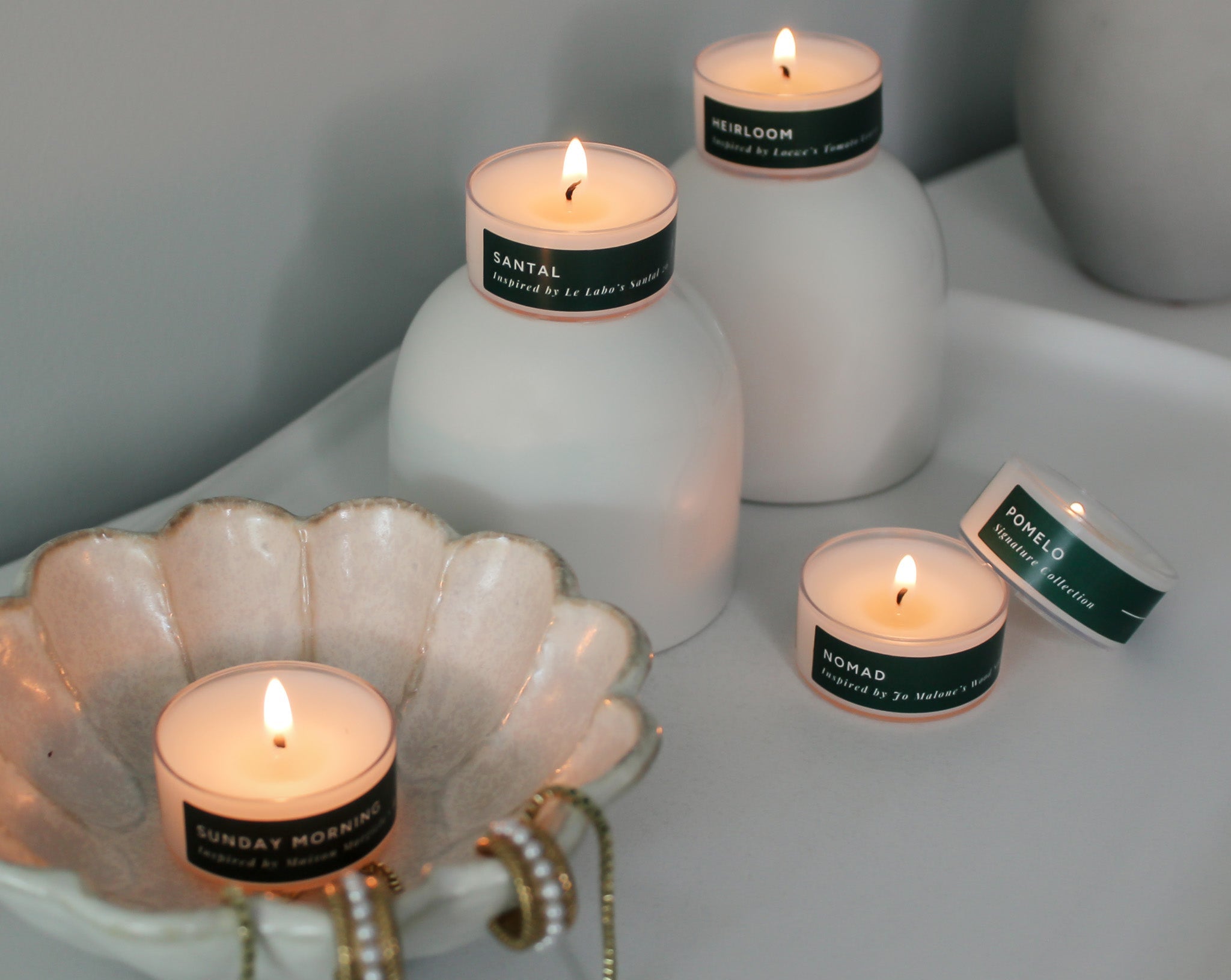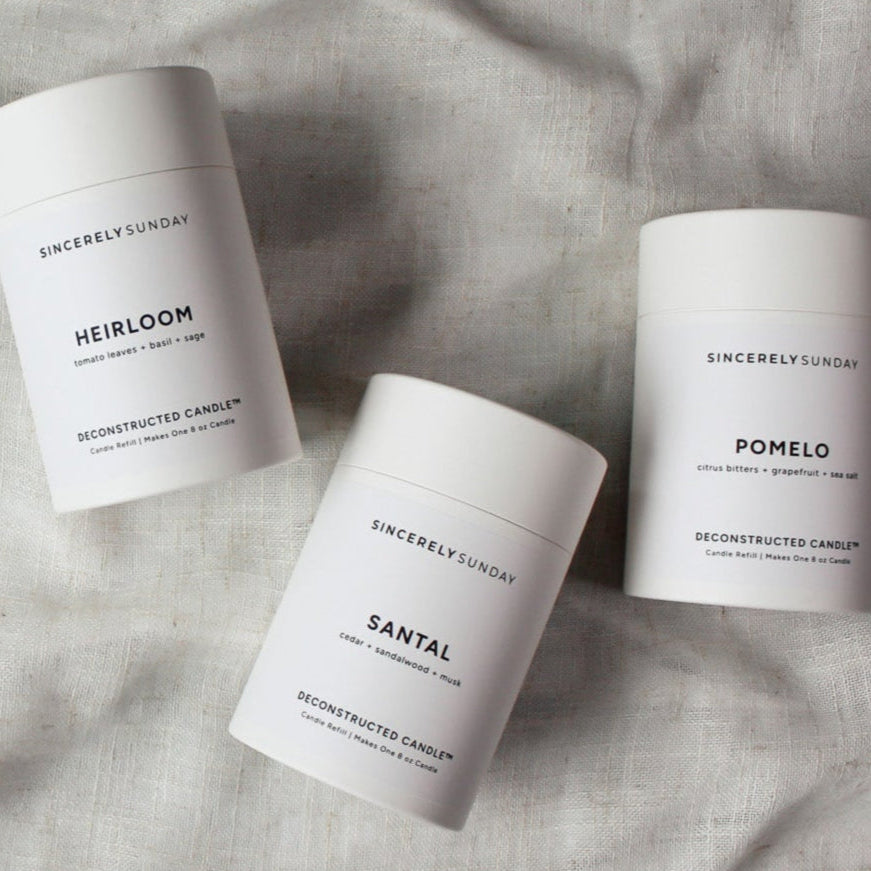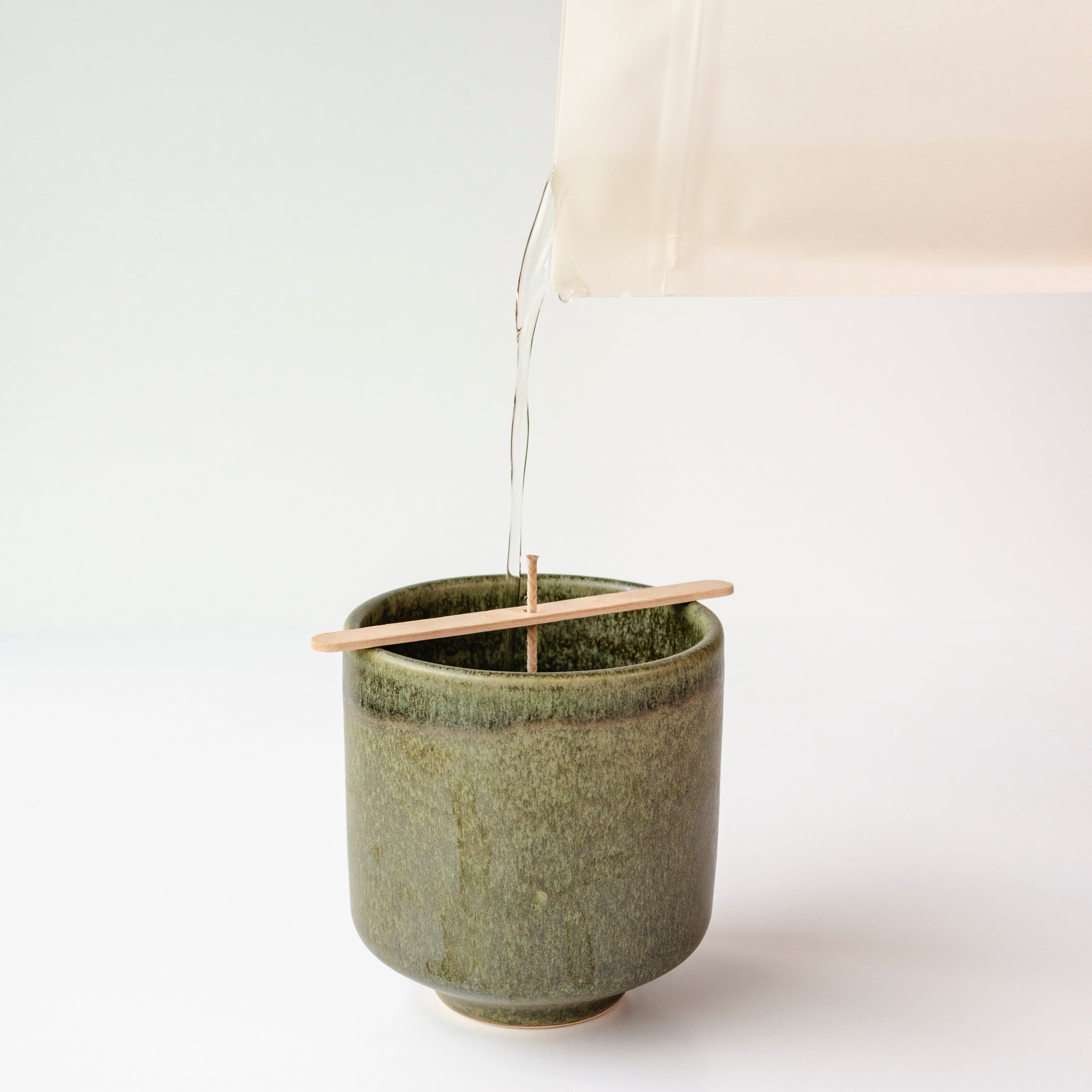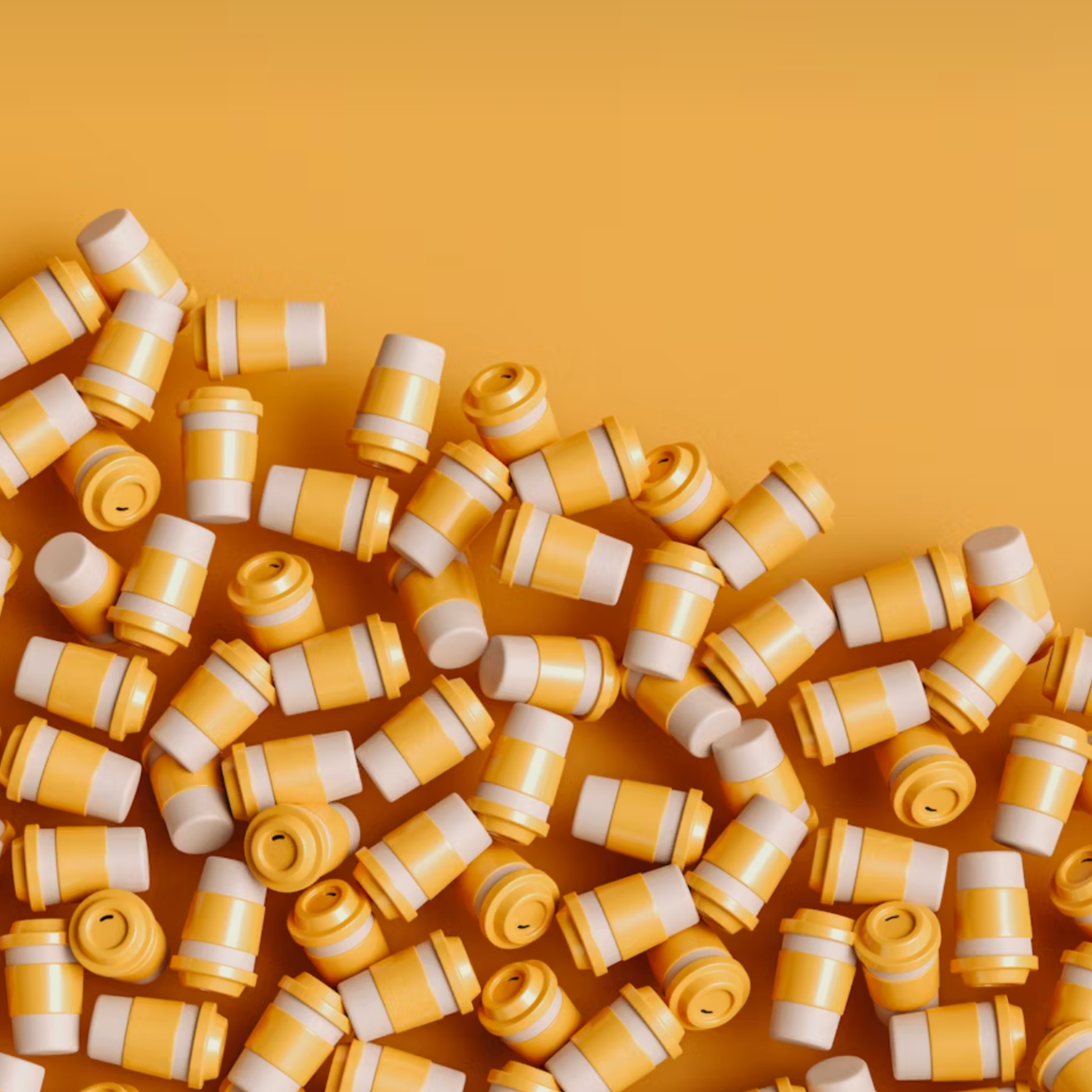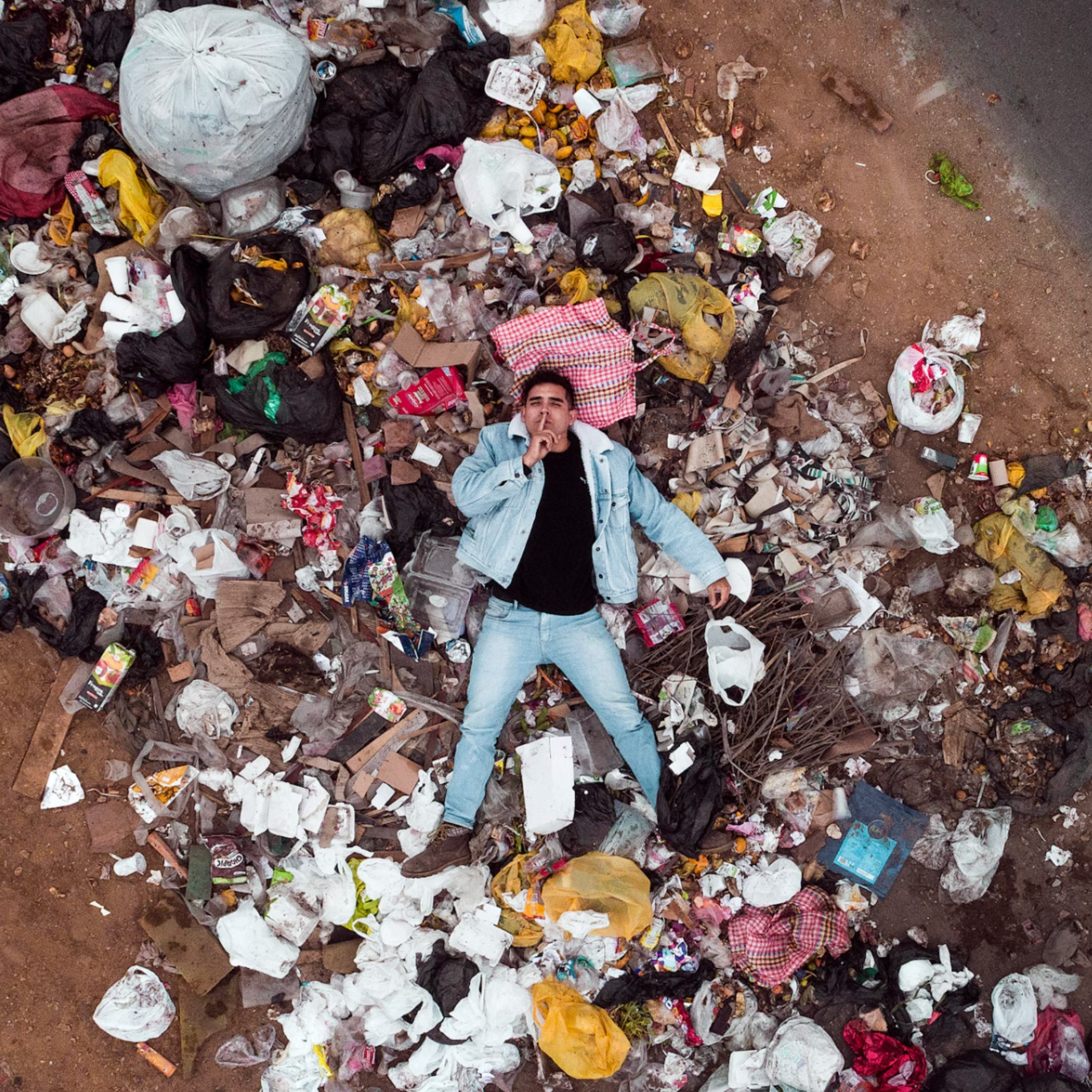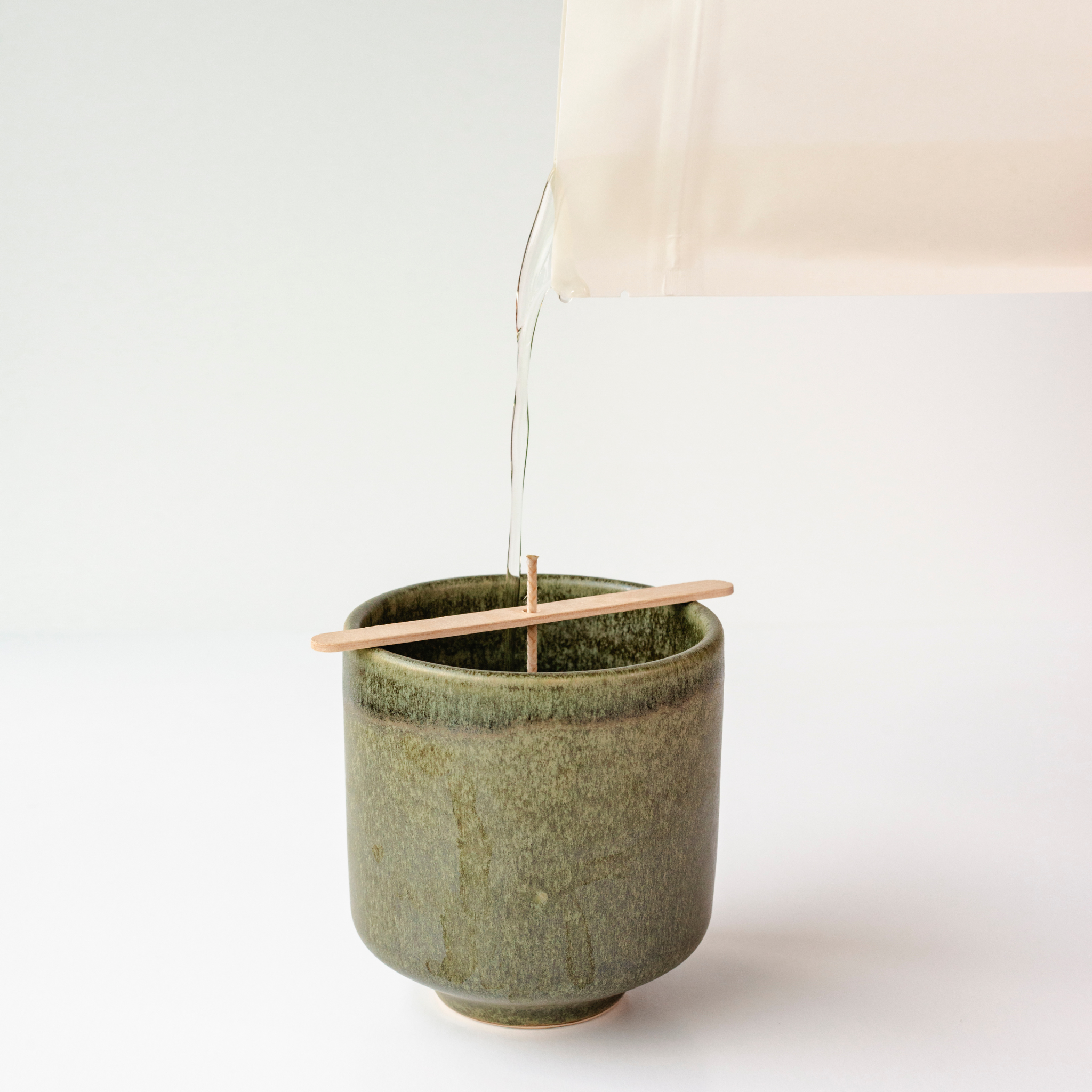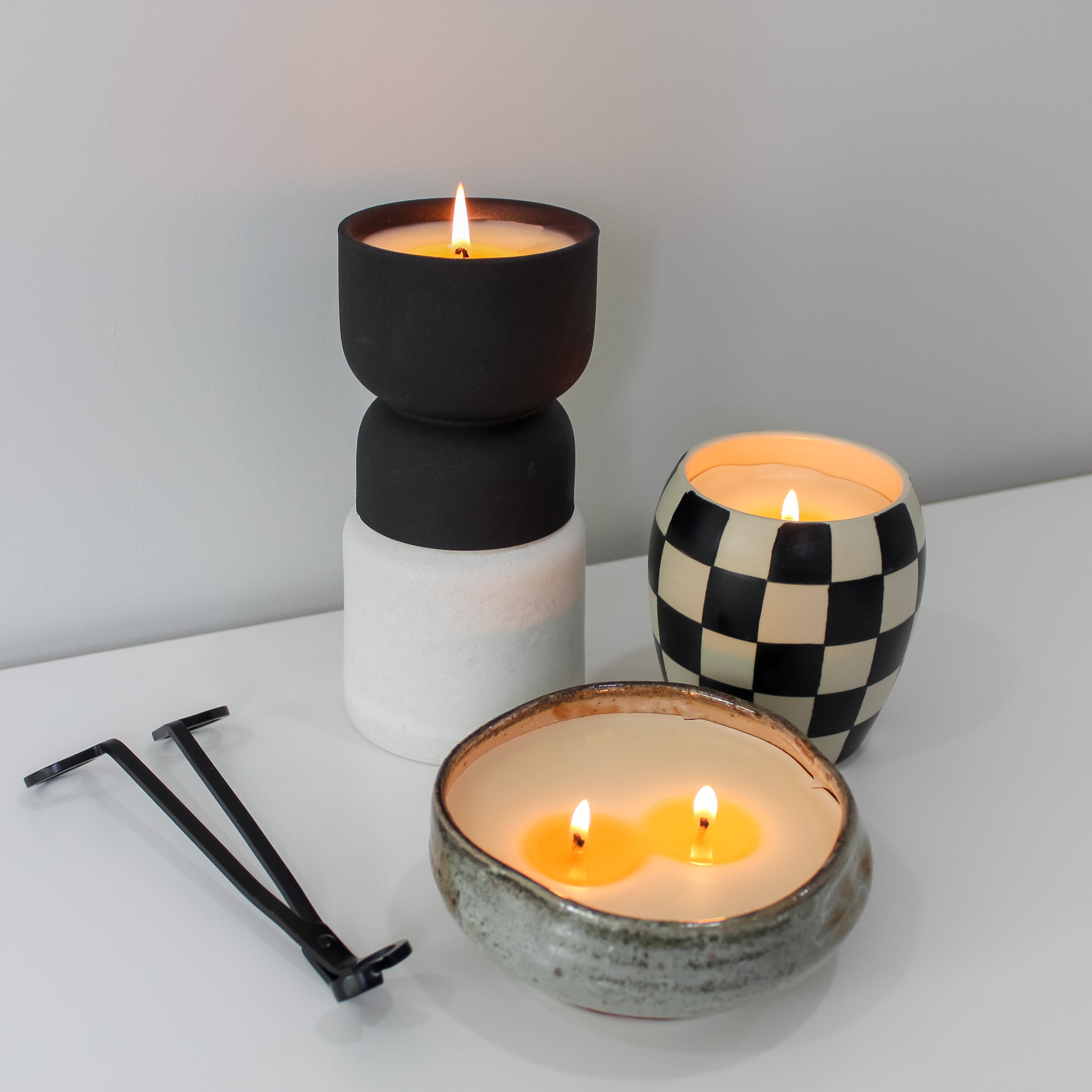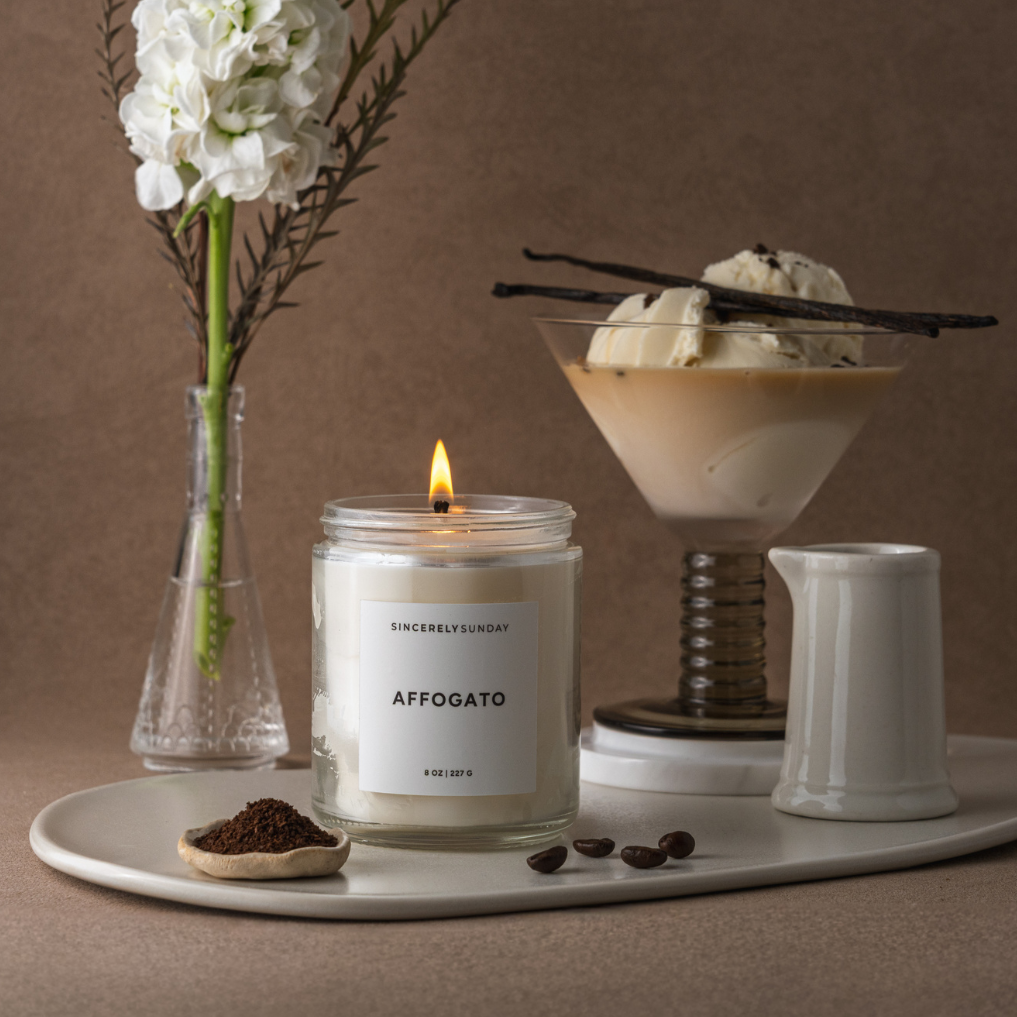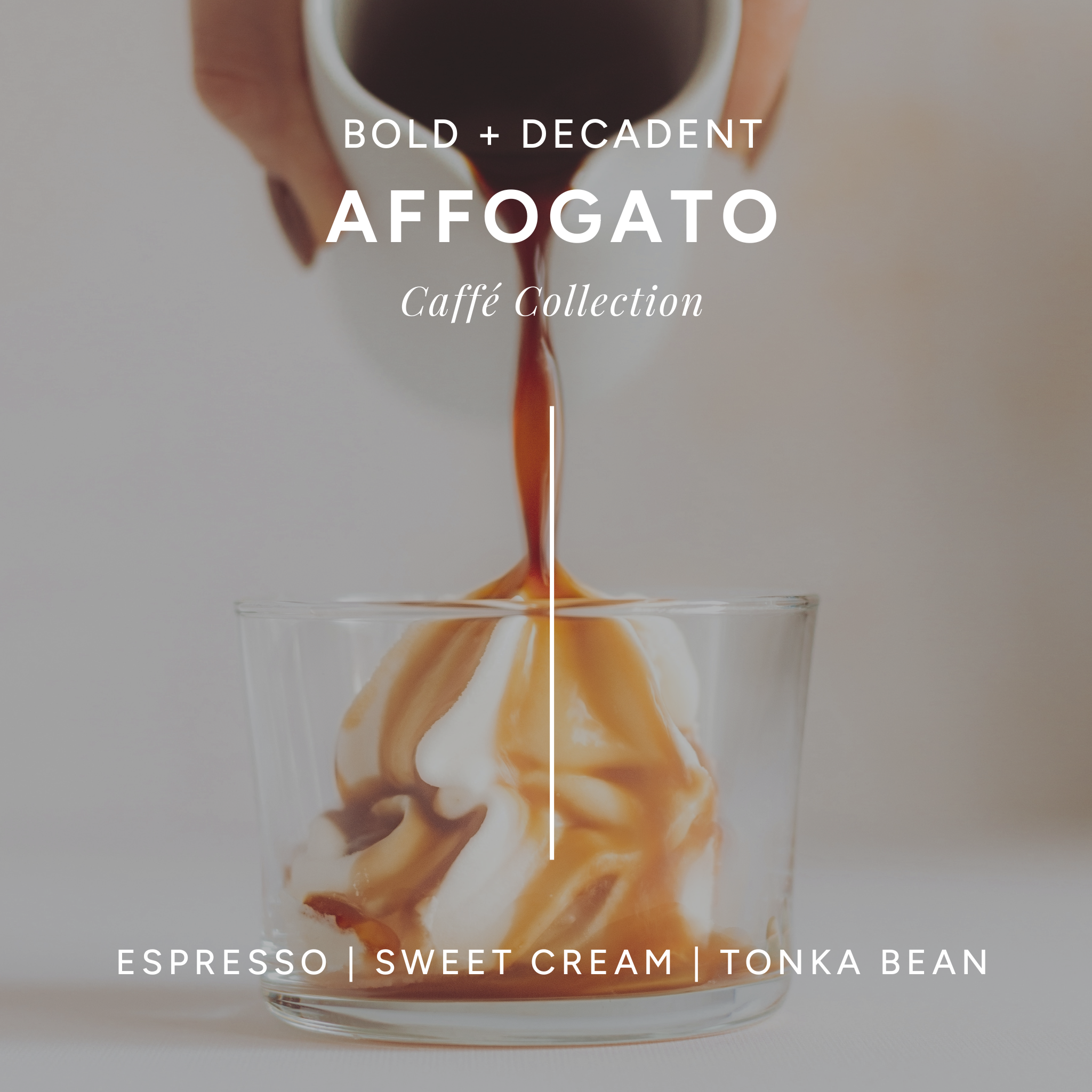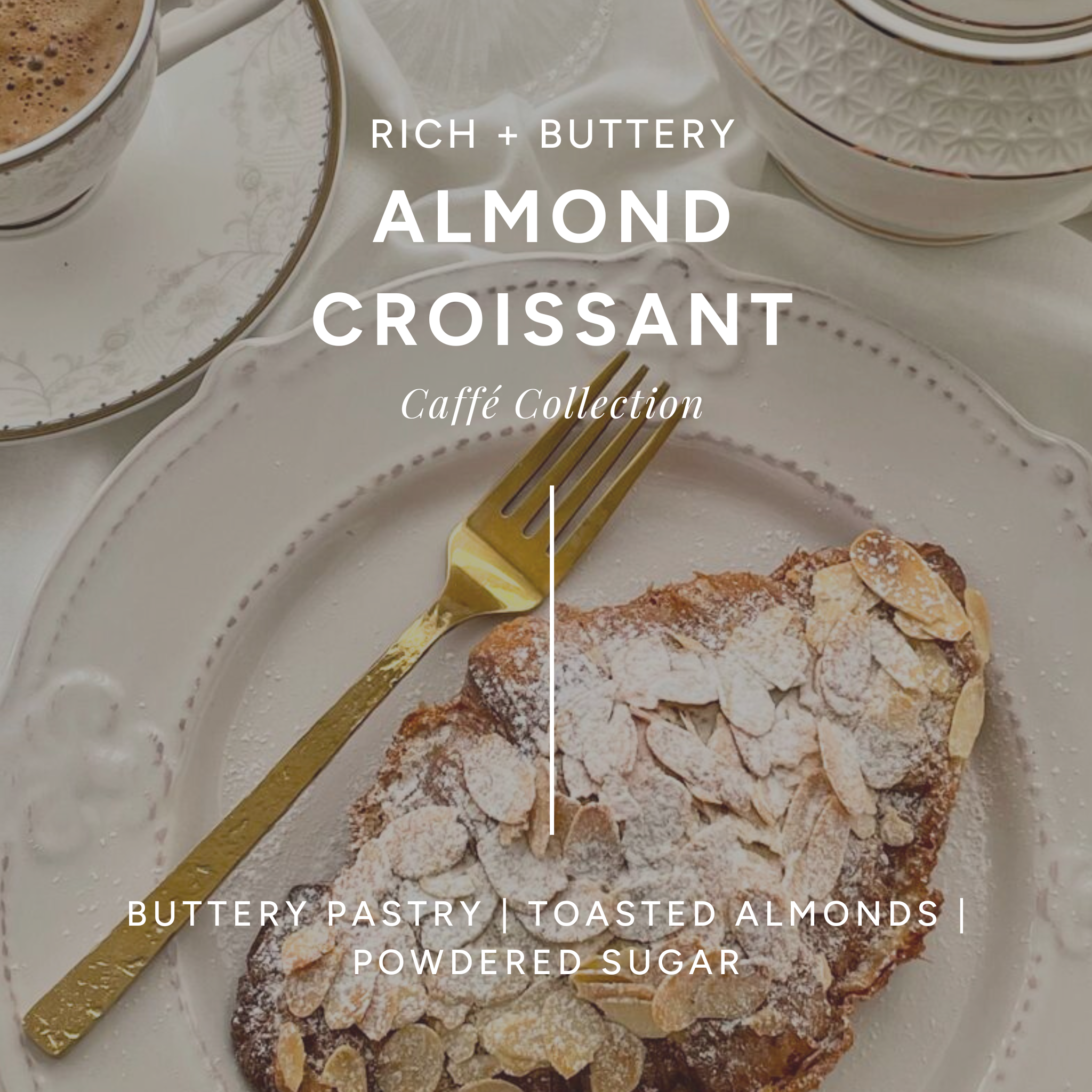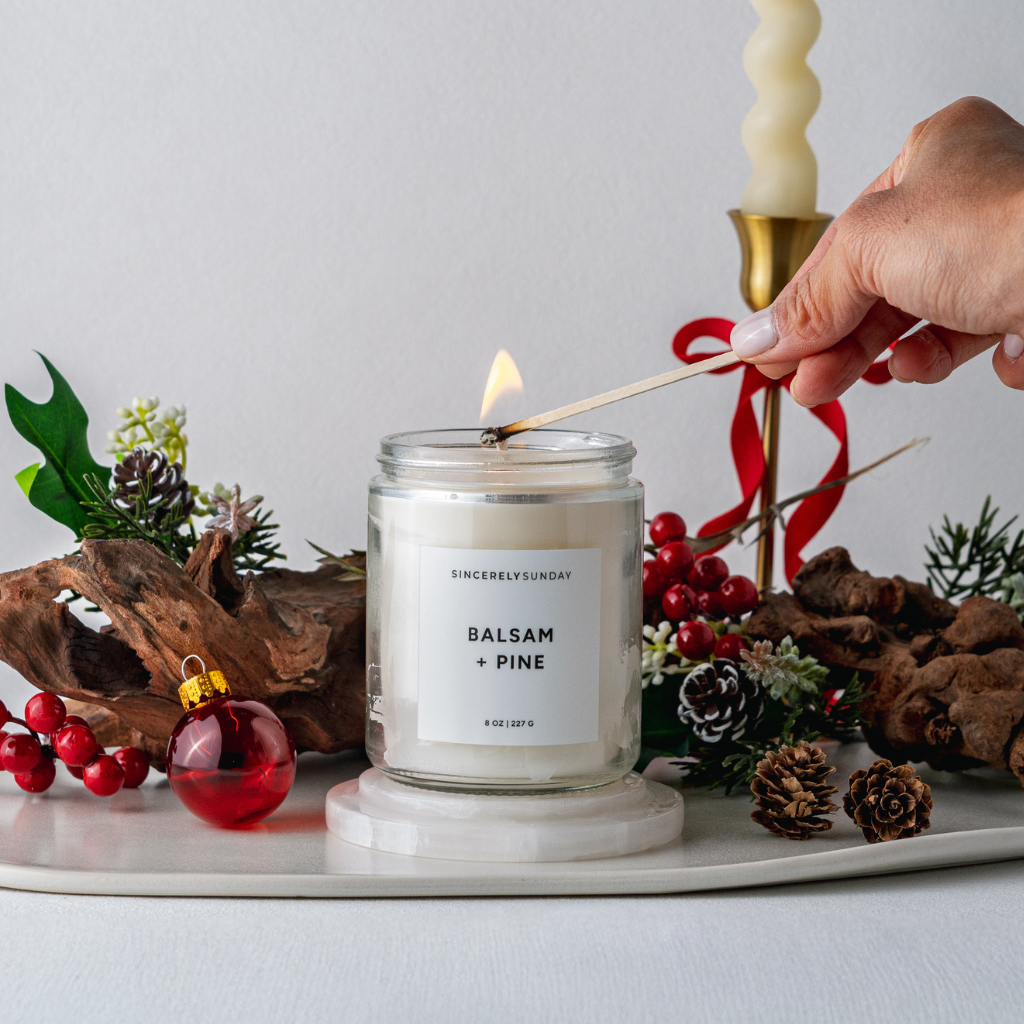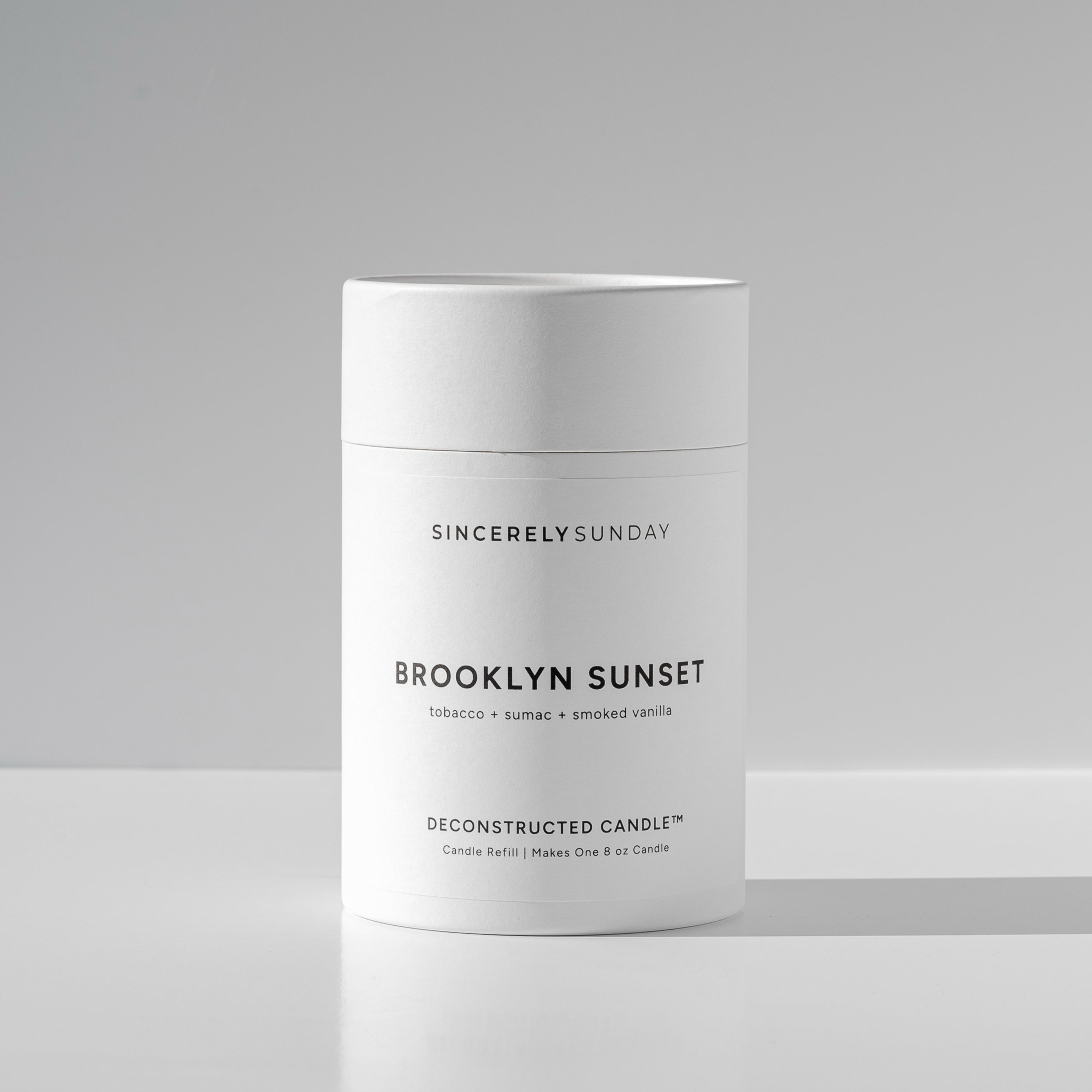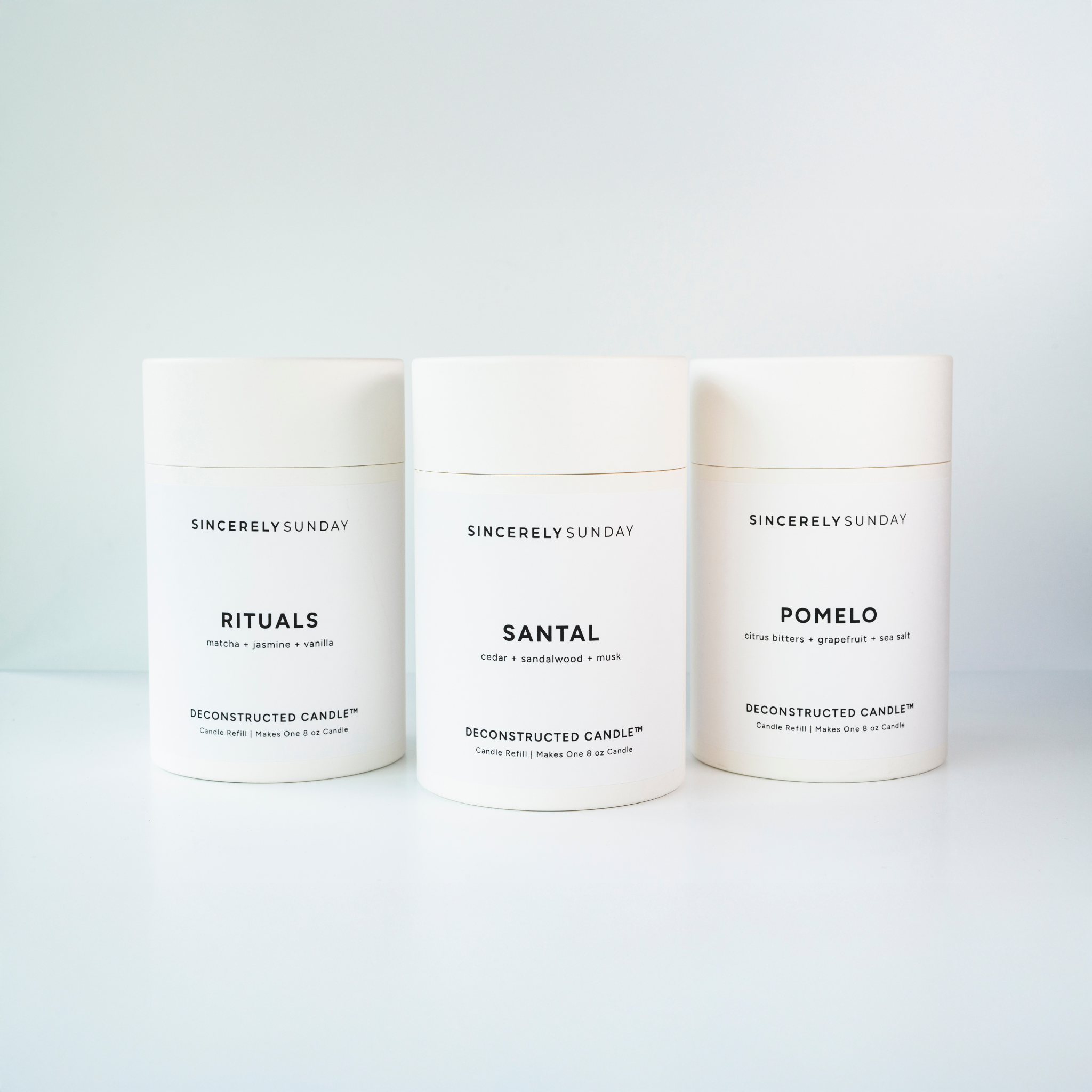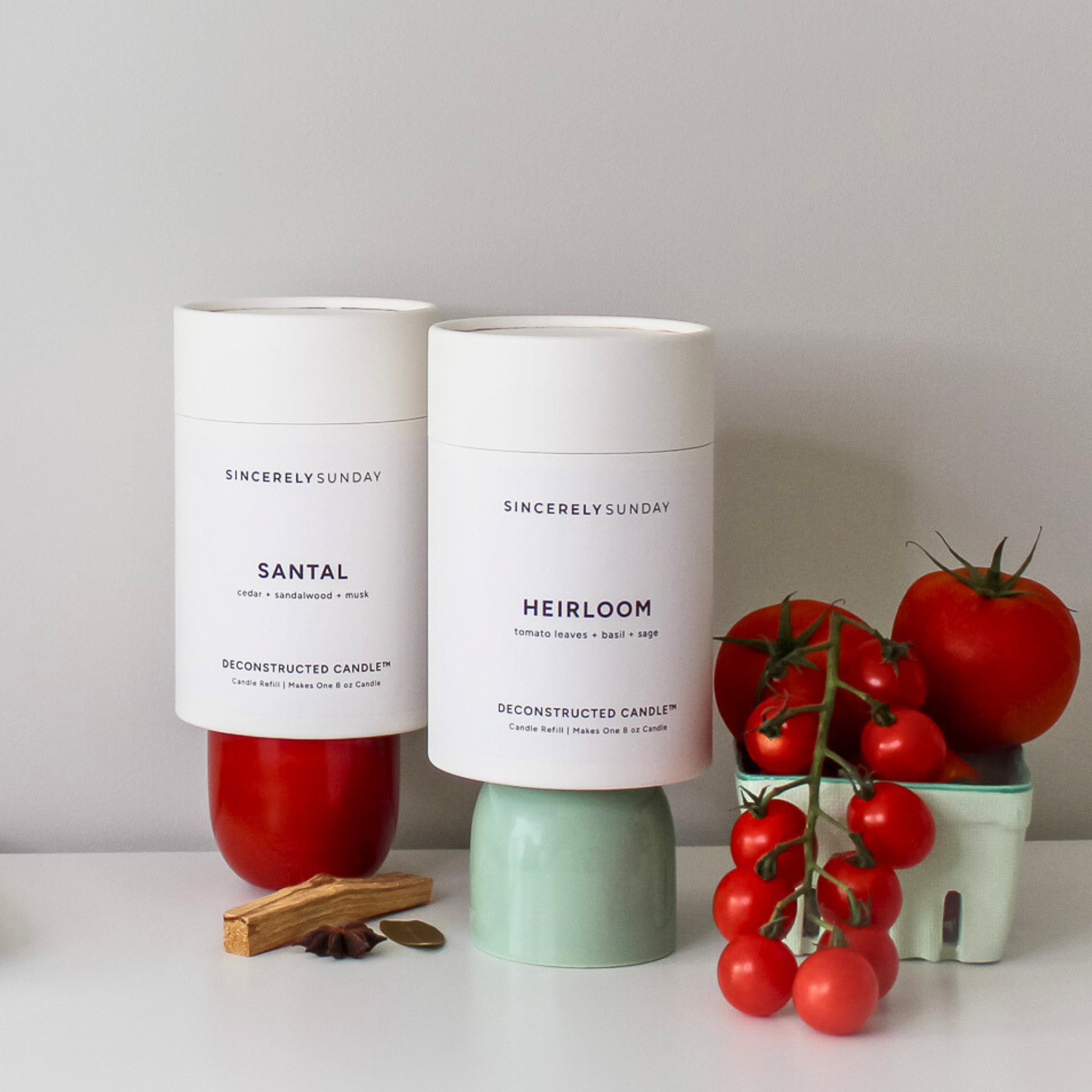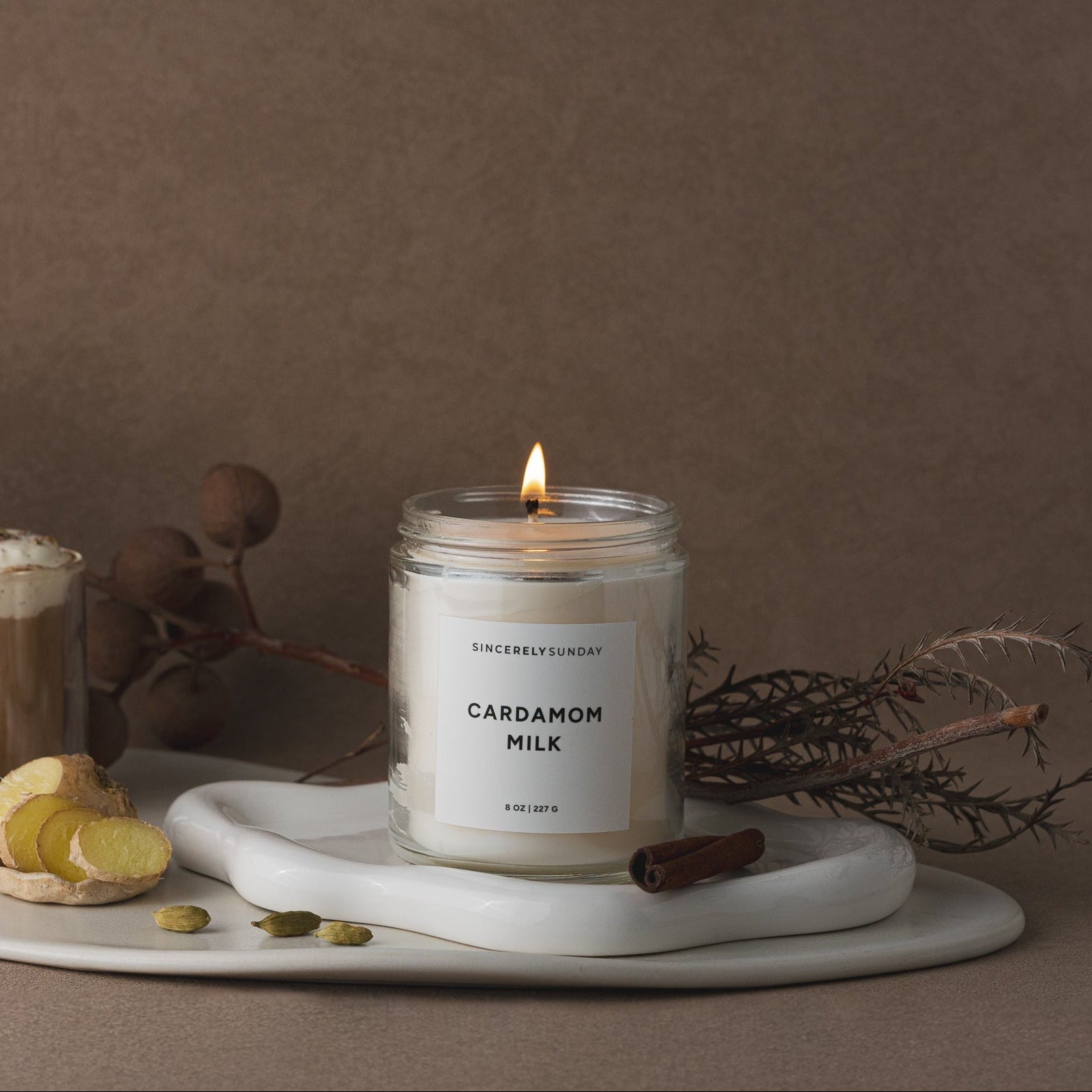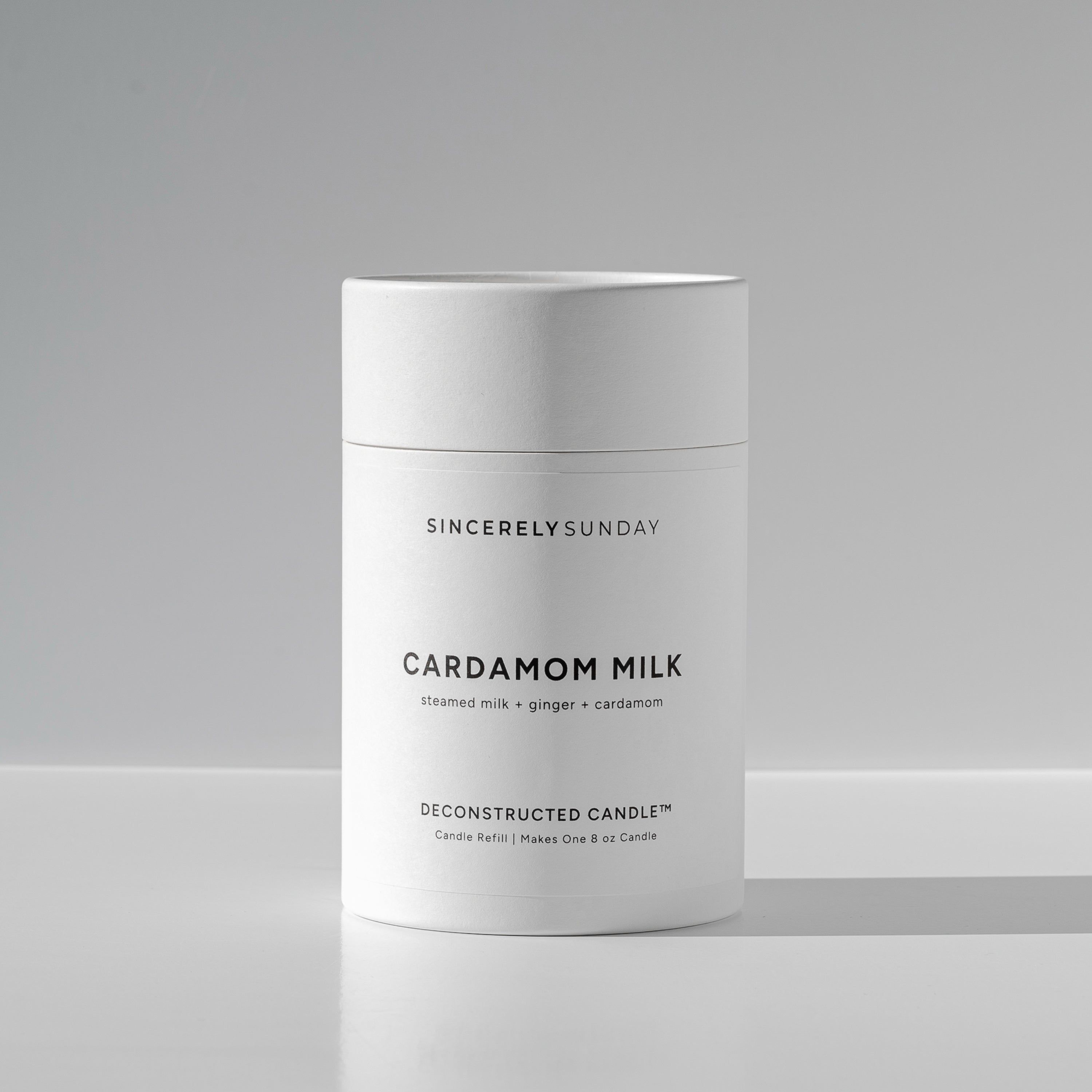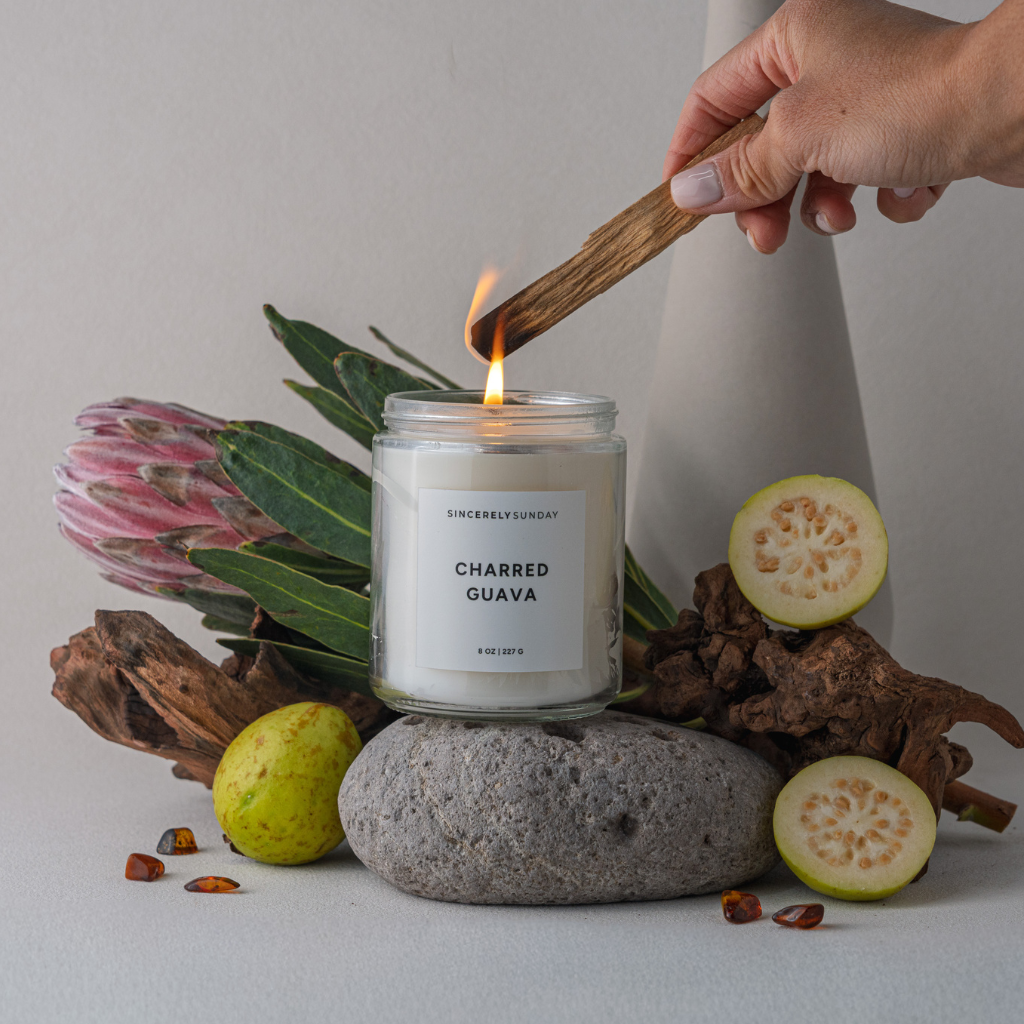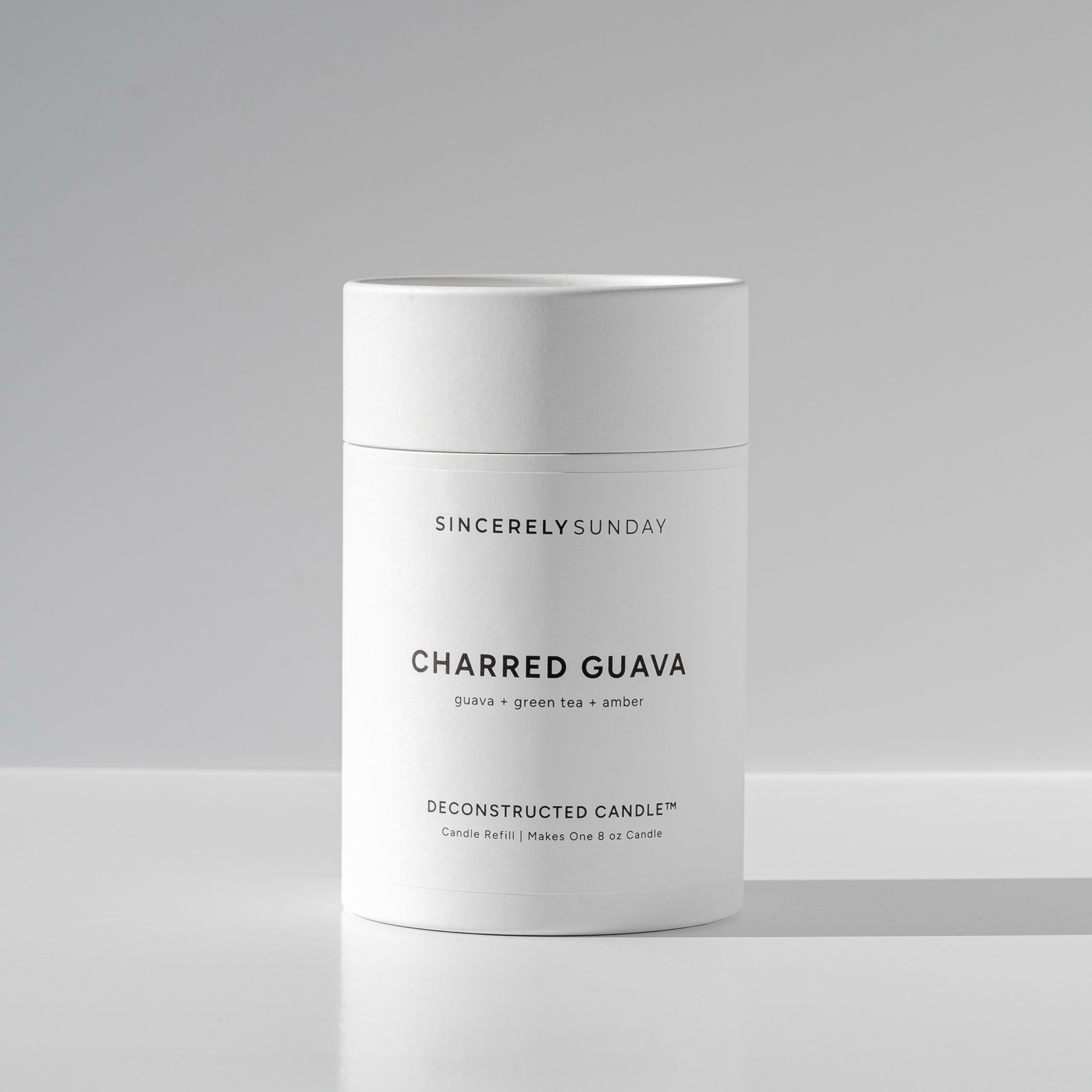Throwaway culture is not limited to obvious single-use items like plastic straws or takeout containers. It’s deeply embedded across entire industries -- many of which rely on products that are designed to be used briefly, discarded quickly, or replaced often. These sectors play a major role in driving the single-use culture that dominates modern consumption.
Some of the biggest contributors to single use culture include:
1. Packaging:
Packaging is one of the most visible and harmful contributors to single-use waste. From plastic food wrappers to shipping materials, packaging often serves a single purpose: protecting a product during transit or display—only to be thrown away moments after opening.
- 36% of all plastics are used for packaging (e.g single-use plastic food and beverage containers); 85% of that ends up in landfills or poorly managed waste systems.
- An estimated 141 million tons of packaging waste are generated each year—making up roughly one-third of global municipal waste.
2. Fast Fashion
The fashion industry has embraced speed and disposability. Fast fashion brands churn out low-cost, trend-driven clothing designed to be worn a few times before going out of style or falling apart.
- Globally, 92 million tonsof textile waste are produced each year
- In the U.S., 11.3 million tons (about 85% of all textiles) end up in landfills annually, averaging 81.5 pounds per person countrywide.
3. Beauty and Skincare
The beauty and skincare industry is a major driver of throwaway culture, largely due to its heavy use of excessive, non-recyclable packaging. Products often come in layers of plastic, glass, and paper that are difficult to separate and recycle. For example, many creams and serums are packaged in multi-component tubes or jars that can't be easily reused or recycled.
This leads to increased waste from both packaging and leftover product, especially since many single-use beauty items, like cotton pads and makeup wipes, are disposable.
Additionally, the industry promotes limited-edition releases and small sample sizes, encouraging consumers to purchase frequently and try new products.
- The beauty industry generates around 120 billion packaging units annually
- About 95% of single-use beauty packaging is discarded after use, with no option to refill or reuse
4. Electronics
The electronics industry is a major contributor to throwaway culture through a practice known as planned obsolescence -- where products are intentionally designed to have a short lifespan or become outdated quickly. Whether it’s smartphones with non-removable batteries, laptops with soldered components, or software updates that slow down older models, many devices are built to be replaced rather than repaired, contributing to massive amounts of electronic waste (e-waste).
5. Household Consumables (Including Candles)
While these items aren’t strictly single-use, many everyday household consumables, like cleaning supplies or decorative items, are still designed for short-term use and frequent replacement. Candles, in particular, highlight this issue: even though their glass jars are durable, they’re often discarded once the wax is gone.
- About 7 in 10 U.S. households use candles
- Globally, 28 billion glass bottles and jars end up in landfills each year; In the U.S., only about 33% of glass is recycled
- A glass bottle can take up to 4,000 years to decompose


